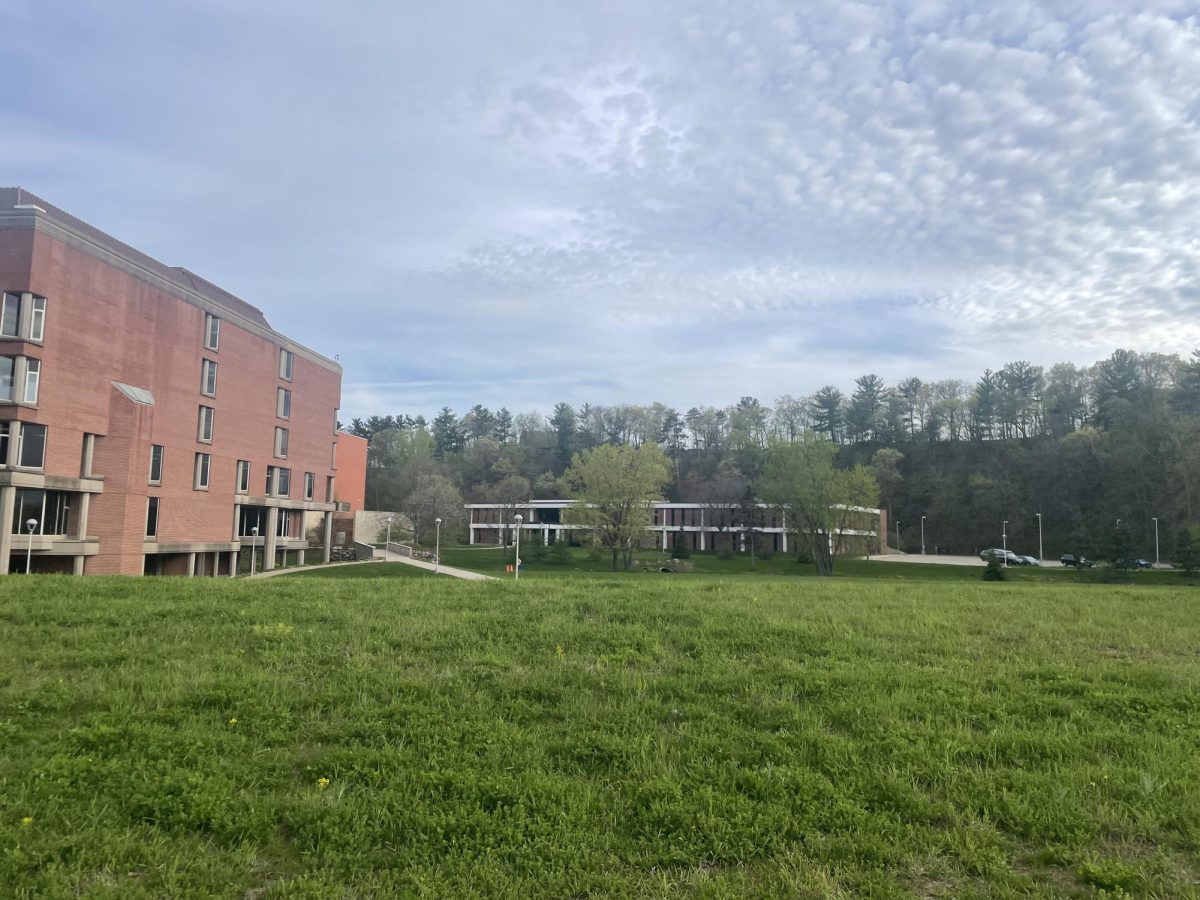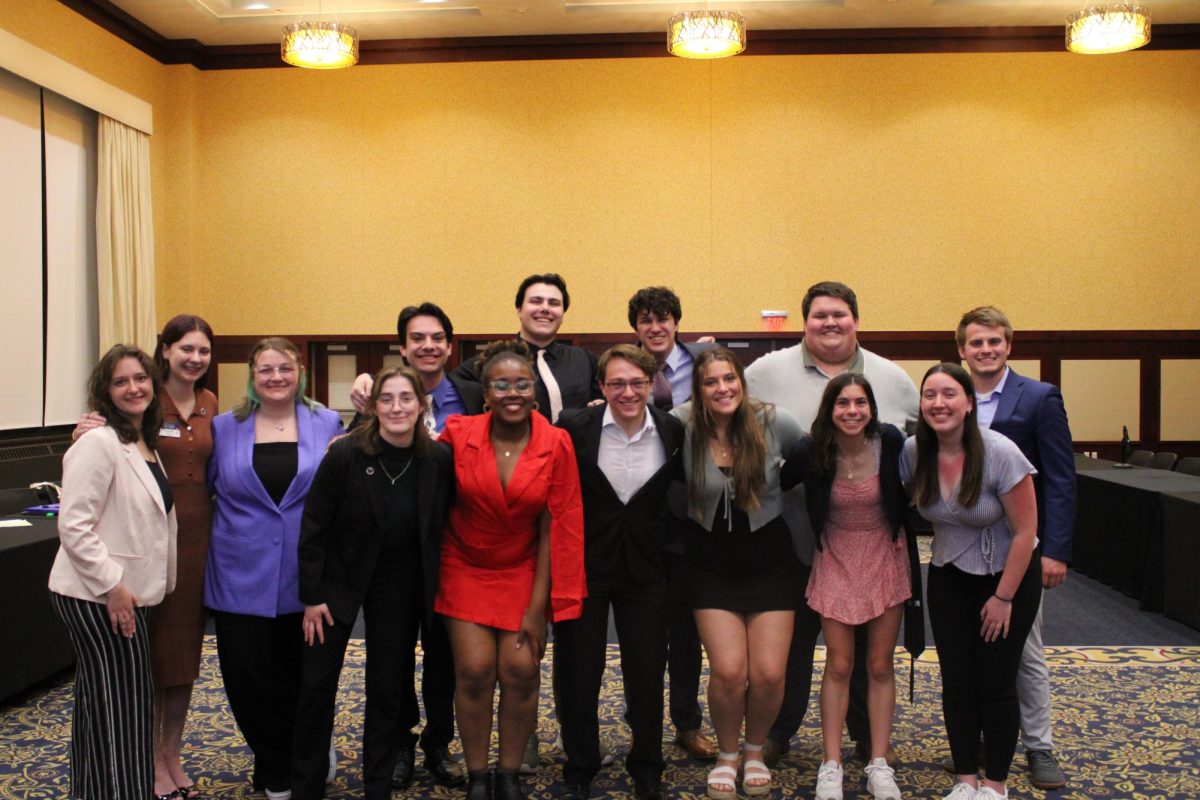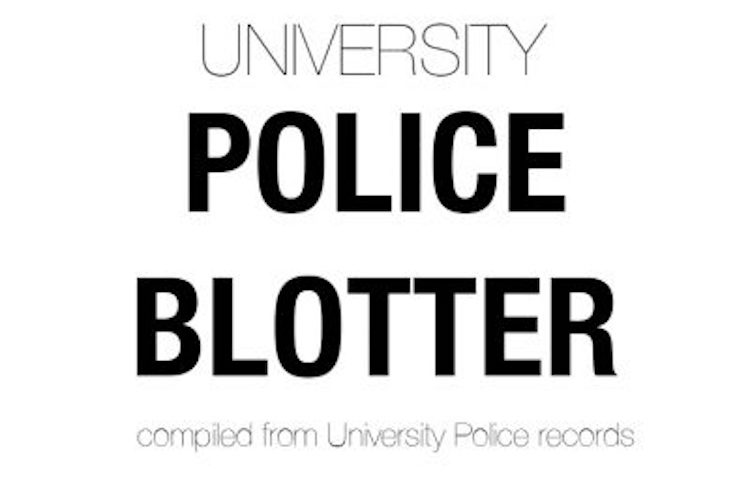Editor’s note: This is the final story in a series on differential tuition programs. Differential tuition is a student fee of $50 each semester.
Nearly 20 geology students study a 2,000-foot high rock sample in the southern New Mexico sun for almost 10 hours before working into the night on computers analyzing data.
This field studying occurs every day during the near three-week capstone trip that senior geology majors are required to take during winterim, said Geology Department Chair Robert Hooper. The geology trip is similar to other differential tuition-funded projects in the capstone and faculty/student collaborative research programs.
All involve students doing a higher level of study and research that may help them get a job or be accepted into graduate school. Before differential tuition, Hooper said, several geology students switched majors because they could not afford the trip. Senior Ross Kleiner, a geography major, went on a geography capstone/collaborative trip to Hawaii in September. “I experienced what I wanted to do for a living,” said Kleiner. “That was a real eye-opener.”
Each student paid $1,000 for the trip, he said, and the rest was covered by the anthropology and geography departments and differential tuition.
Chris Lind, director of UW-Eau Claire’s Excellence for Faculty/Student Research Collaboration, said last year the center funded 434 projects involving 620 students and 364 faculty.
Last year the center received $309,202 in collaborative research funding – about 35 percent of overall differential money – and almost $19,000 in capstone money, Lind said. Overall, differential tuition makes up 40 percent of the center’s financial resources, he said.
“(Differential tuition) makes a heck of a lot of difference,” Lind said.
The center uses capstone differential money to help fund various collaborative research grants, which do not exceed $1,800, for students and faculty during the year, Lind said. The capstone money funds the travels of students presenting research findings, which 182 students did last year.
All research requests are reviewed for funding and about 90 percent of them usually are approved, Lind said.
The university’s research center received national attention earlier in April when USA Today highlighted the university in an article on undergraduate research.
All students benefit as the university’s position among other institutions for research grows, he said, because it attracts better faculty and makes an Eau Claire graduate more impressive.
As for capstone, differential funding comes in two forms – helping to fund capstone field study trips or hiring faculty to fill in for vacant positions left by capstone professors, Associate Dean of Arts and Sciences Bernard Duyfhuizen said.
The capstone program gets about $142,500, which is about 15 to 20 percent of differential tuition, for research, faculty salaries and other expenses.
Academic departments make proposals every fall as to what funding they need for capstone courses, he said.
The capstone program probably could use more funding because costs have gone up over the years while differential funding stayed the same. Although, he added, administrators are not just looking at differential tuition to make up those costs.
History Department Chair Thomas Miller said the addition of differential tuition to capstone courses enables departments to do more than before, such as send students to conferences to read research papers.






